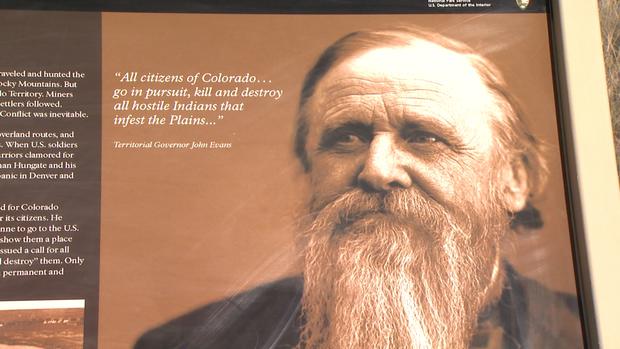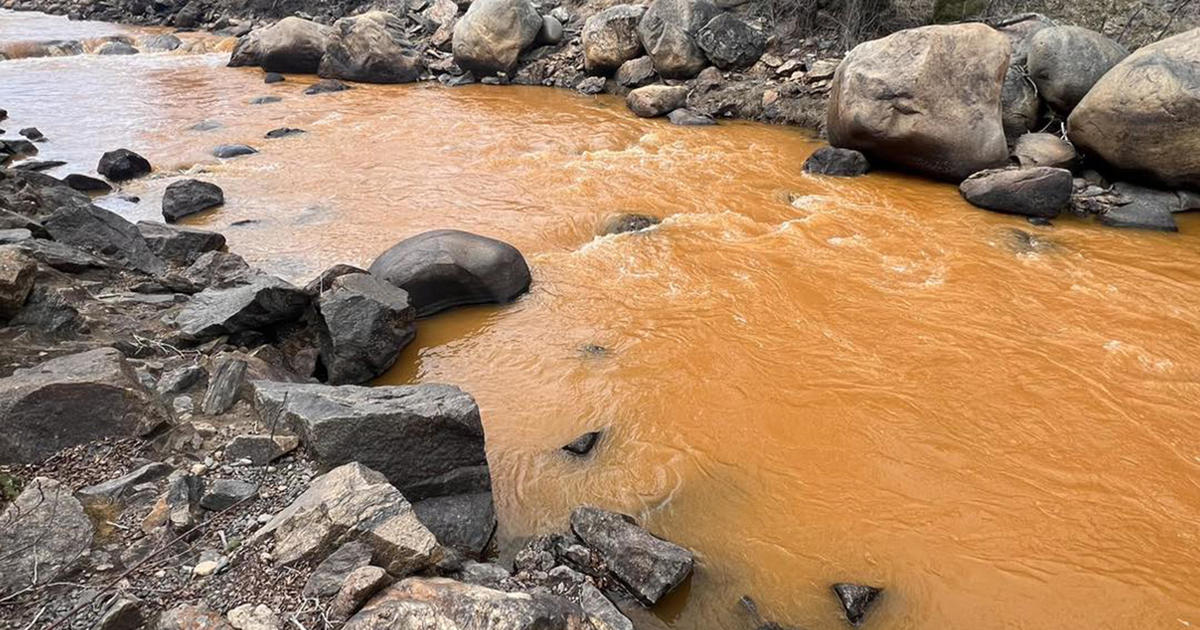Methodists' Sand Creek Pilgrimage Sparks Sorrow, Healing
KIOWA COUNTY, Colo. (CBS4) - One hundred and fifty years after volunteer U.S. soldiers slaughtered hundreds of Native Americans in a dawn raid in the southeastern Colorado territory, members of the Methodist Church are reflecting on that dark stain in the church's past.
"It's a story that really hasn't been told much in the Methodist Church for 150 years. Native peoples are aware of this history, but the church has lost the memory," Bishop Elaine Stanovsky of the United Methodist Church in Denver said while on a pilgrimage to the site last week.
Led by Col. John M. Chivington, also an ordained Methodist minister, 675 volunteer U.S. soldiers attacked 700 Cheyenne and Arapaho Indians on Nov. 29, 1864, along Sand Creek.
Over eight hours, the soldiers killed approximately 200 Cheyenne and Arapaho, mostly women, children and elderly, as they fled their camps and hid behind rocks and shrubs in the spare brushland near the present-day Colorado-Kansas border.
"Every time I come here, you can just picture them running, screaming, hollering, looking for shelter," said Anthony Addison Sr., of the Northern Arapaho tribe and a descendant of the villagers. "You can still feel a spiritual presence here of what happened a long time ago."
According to the National Park Service, the tribe's adults attempted to rebut the soldiers' attacks with weapons at hand but were overwhelmed. Soldiers used small arms fire and howitzers to root out Indians who hid. Later in the afternoon and during the following day, they "wandered over the field committing atrocities on the dead," the park service said.
Because Methodists were very central to the decision that led to the attack, Stanovsky said it's vital for the church and its members to explore the site, meet with tribe members and learn how actions can reverberate a century and a half later.
"It is important to us to learn our own history to recognize the capacity of individuals and the church to make terrible decisions that have disastrous consequences," she said.
As hundreds of church members arrived by bus, Stanovsky applied ashes to their foreheads, similar to an Ash Wednesday ceremony. She said the church wondered how it would mark its visit -- and also considered participating in traditional native ceremonies -- but decided the application of ashes would be appropriate because it represents a desire for rebirth after mourning and grief, and a turn to faithfulness from sin.
As she put ashes on foreheads, she said, "May our presence here honor those who died and promote healing."
That duality -- acknowledging the horrific past and seeking a peaceful future -- was central to their visit. So was learning the past's mistakes to avoid a similar future.
"It's a cautionary tale," Stanovsky, who is a member of the Sand Creek Massacre Commemoration Commission, said. "It's inconceivable to me that other people who loved God and had learned the stories of Jesus could have got so lost in their lives that they committed the atrocities that occurred here."
Their pilgrimage is part of a larger effort by United Methodists to atone for injustices and atrocities committed against indigenous cultures in the United States and around the world.
Addison thanked church members for working with the tribes to continue healing.
"One day, this will be all worked out," he said. "What comes out of this will be positive."
LINK: National Park Service Sand Creek Massacre Site
- Written by Tim Skillern for CBSDenver.com






